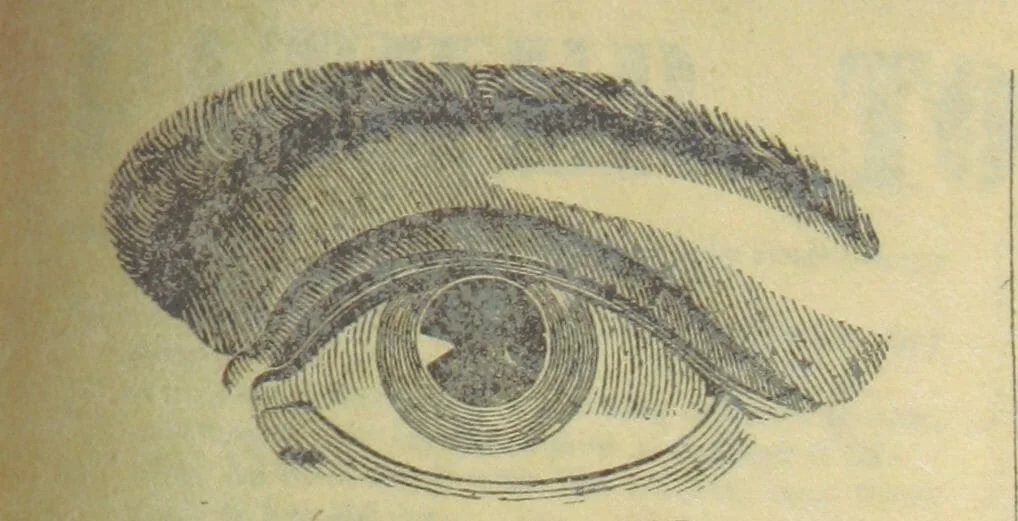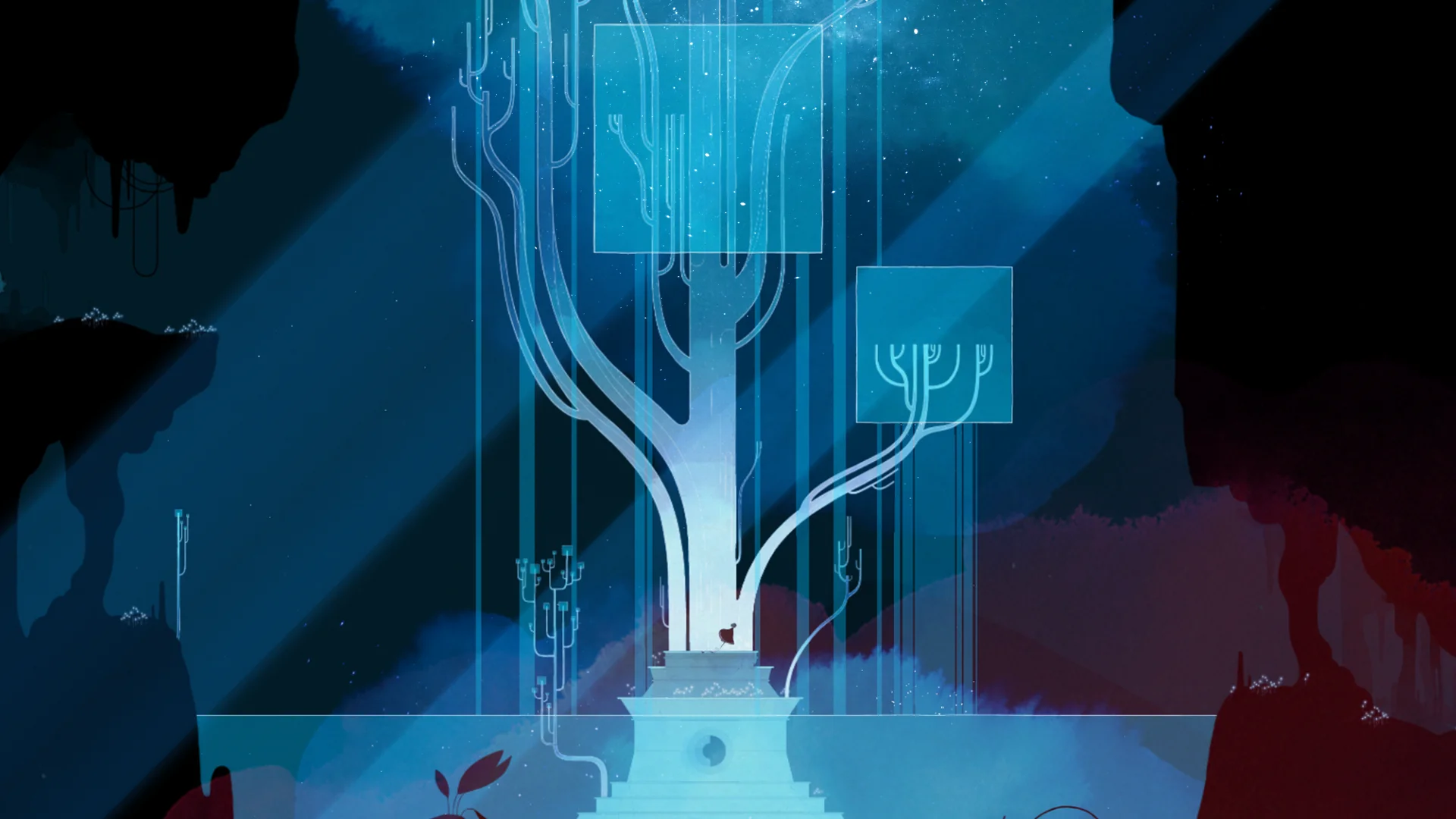
Portal | Rethinking the FPS
Game designer
Studio
Art Director
Lead Composer
Publishing Year
Type of game
Genre
Subgenre
Country
The concept of portals has been present in stories for many years. Some examples include the rabbit hole in Alice in Wonderland or the TARDIS from Doctor Who. It was just a matter of time until someone made use of this idea to create a game. That game was Portal.
Most games with a first-person point of view revolve around shooting. In the early 2000s, shooter and war games were very popular. This was thanks to the added realism that console graphics were able to provide. Franchises like Halo, Call of Duty, and Grand Theft Auto, were gaining traction in mainstream gaming culture. Still, the success of Portal blew everyone away, and the game would remain culturally relevant for years to come.
Thinking with portals
As the name suggests, the main mechanic of Kim Swift‘s game involves using portals to get around different test chambers and solve puzzles. The player receives a portal gun, which can shoot two portals to connect two places in the three-dimensional space. This simple idea is expanded upon throughout the game. As the difficulty ramps up, elements add to the mix. Things like weighted cubes, light bridges, and laser beams. All of which need to be moved around using the portal gun in order to complete the levels. The game’s core mechanic is easy but can be used in different ways to create challenging puzzles.
Testing facilities and evil AI’s
The plot of Portal is simple, but its execution and writing elevated it to iconic status. The story begins with Chell, a woman who awakens from a coma bed inside a pristine and mysterious testing facility controlled by a computer with artificial intelligence named GLaDOS. As the spotless facade gives way to the dark truth behind the facility, the player will uncover the tragic history of the place and the ulterior motives of the rogue AI.
Portal is a game in which story and gameplay intertwine and work together to create a unified ludonarrative; both plot and challenge increase steadily leading up to the grand finale. The story is delivered through comedic and ridiculous voice messages that play in between puzzles. In these messages, GLaDOS makes unimpressed remarks about the player’s performance, promising them a cake for completing the tests or making fun of their failures. The messages serve as world-building and character development; they slowly reveal that the seemingly cold and matter-of-fact computer is actually petty and vengeful (similar to the supercomputer HAL 9000 from 2001: A Space Odyssey).
Thinking with portals
Both Portal and its sequel Portal 2 contain references to the Half-Life games, placing them in the same narrative universe. The game became a hit and quickly garnered an extensive fanbase that created custom maps and mods for the game and its sequel. The original game was a short and experimental project, so it came out as part of a bundle. The sarcastic humor and deep narrative of Portal inspired many first-person puzzlers over the years, such as the mind-bending Antichamber and the profoundly philosophical The Talos Principle.
Tag




